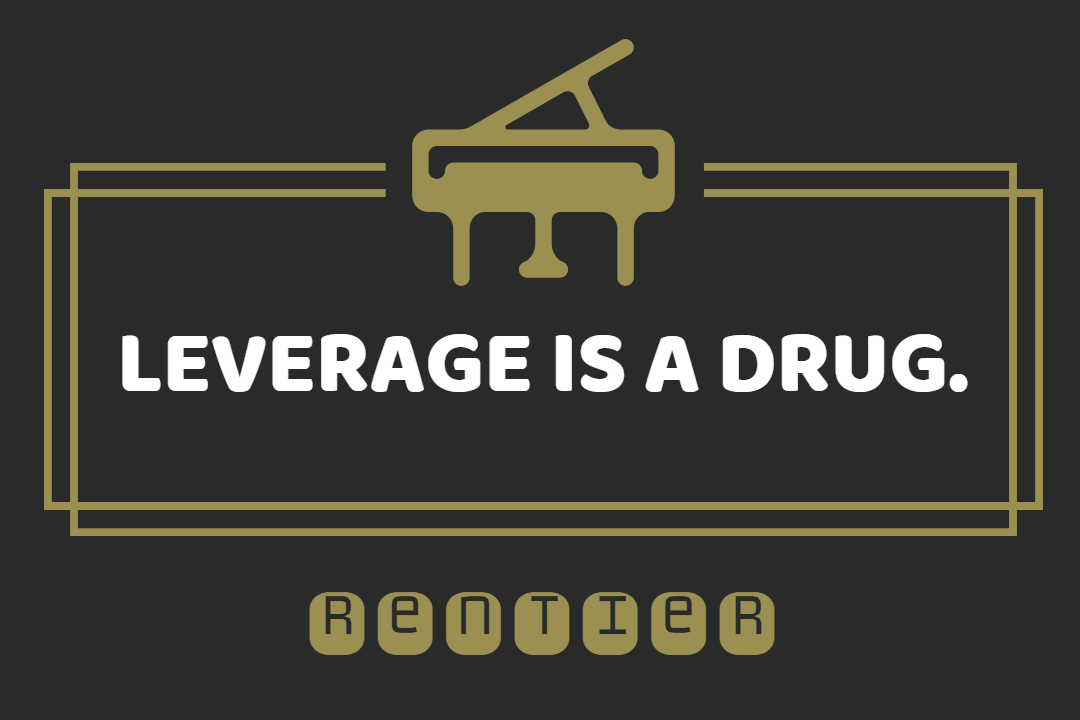
How to Build Credit History from Scratch
This post continues from the previous post.
Can you talk a little more about how to get started doing credit card arbitrage, like the basics? I just discovered this and am still trying to get my head around how you get the cash from the cards to invest. I think you are supposed to charge your monthly expenses and then take that money you saved and invest it? Is that correct? Also, How does one go about getting all these credit cards without tanking your credit score and then getting denied by any more cards in the future? I have 2 credit cards with low limits, each around $2,500. Those won’t work. And do you need to get the checks from the card companies for this to work? Impressed by what you’ve done here, just want to know the initial details on how to get started. Thanks!
There are numerous excellent online resources to learn about credit. Rather than simply rephrasing existing content, I’ll show you how to start with no credit score at all. Let me share some old posts from a blog called SoCal Credit Card. I have been tracking the credit journey of four individuals over several years.
This is a list of credit cards and limits for the same individuals as of April 2015. I maintained this blog from 2009 to 2015 until GoDaddy encountered issues with my domain registration. I plan to restore some content to this blog in the future.
Review these resources and develop your own strategy. While things change rapidly, the fundamentals of the credit scoring system remain constant. The objective is to achieve a $300,000 cashable credit limit from major banks.
How to Increase Credit Limit
Getting approved for a credit card depends heavily on your credit score and recent activities in your credit report. Regarding credit limits, there are two key factors that matter: total revolving credit limit and annual income.
Total Revolving Credit Limit
Some banks make it easy to obtain credit limit increases, while others do not. American Express and Citi are the two banks that help boost your total revolving credit limit. I will cover details on each bank in the following section.
Annual Income
Your annual income significantly impacts your credit limit. If you are not employed, you can use a legitimate company name (e.g., Twitter, Inc.) and select a job title from their career listing page. Copy the mailing address and phone number from their corporate website. Ensure it is a real company. A $250,000 annual household income should be sufficient. Banks typically do not verify income and employment information. Apply the same approach for your partner. The key is consistency—establish your profile and use the same information for all future credit card applications and limit increase requests.
American Express
Amex credit cards are not suitable for balance transfers. You can only transfer 50% of your assigned credit limit, up to a maximum of $7,500, whichever is less. Amex should be used to increase the total amount of revolving credit, which will lower your credit utilization ratio when you have substantial balance transfers. You can request up to 3x your current limit. It is very easy to reach a $30,000 limit per card.
Recommendations:
- Amex EveryDay Credit Card: 25,000 points after $2,000 spend
- Blue Cash Everyday Card: $150 after $1,000 spend
Bank of America
You should apply for a new card rather than requesting a credit line increase. This approach allows you to also receive the sign-up bonus. Be mindful of the 2/3/4 rule when applying. Bank of America focuses on your total credit allocation rather than individual limits. My average credit card limit on each card is approximately $20,000, and the total credit limit across all of my credit cards combined is about $80,000.
Recommendations:
- Bank of America Cash Rewards: $200 after $500 spend
- BankAmericard: zero fee balance transfer
- Susan G. Komen Cash Rewards Visa: $200 after $500 spend
- MLB: $200 after $500 spend
- World Wildlife Fund: $200 after $500 spend
- U.S. Pride: $200 after $500 spend
Avoid:
- Bank of America Travel Rewards: 25,000 bonus points after $1,000 spend
- Bank of America Premium Rewards: 50,000 bonus points after $3,000 spend; $95 annual fee
Barclaycard
Easy to reach a $20,000 limit. Request a credit increase as soon as you receive a new card. I increased my credit limit from $5,000 to $20,000 using this method. Note that the maximum balance transfer amount is $20,000 per account, not per credit card.
Capital One
I am not familiar with Capital One. It appears challenging to obtain a $20,000+ limit if your initial limit is low.
Chase
You should apply for a new card rather than requesting a credit line increase. Ensure you request a product change before applying for the same card, or you will not receive the sign-up bonus. Be mindful of the 2/30 Rule and the 5/24 Rule.
Recommendations:
- Chase Freedom Unlimited: $150 after $500 spend
- Chase Freedom: $150 after $500 spend
- Chase Slate: zero fee balance transfer
- Chase Sapphire Preferred: 50,000 bonus points after $4,000 spend; $95 annual fee
For the Chase Slate and Chase Sapphire Preferred, request a product change to the Chase Freedom when you have completed the sign-up bonus requirements.
Citi
Very easy to request increases. Like Barclaycard, request a credit increase as soon as you receive a new card. I increased my credit limit from $7,000 to $25,000 using this method. Be mindful of the 8/65 rule.
Recommendations:
- Citi Double Cash
- Citi ThankYou Preferred
Discover
Easy to reach a $25,000 limit. You can have a total of 2 Discover cards with a combined total limit of $50,000.
Recommendations:
- Discover it
U.S. Bank
Not useful for this strategy—avoid them. Keep them only to increase the total amount of revolving credit.
Wells Fargo
Not useful for this strategy—avoid them. Only 1 card per person.
Target Cashable Credit Limit
Here is a breakdown of the $300,000 limit. You obtain a sufficient credit line from 4 major credit card issuers: Bank of America, Chase, Citi, and Discover. Do not rely on American Express, Barclaycard, and Capital One for this strategy.
| Bank | Limit |
|---|---|
| Bank of America ($20,000 * 4) | $80,000 |
| Chase ($20,000 * 4) | $80,000 |
| Citi ($25,000 * 4) | $100,000 |
| Discover ($25,000 * 2) | $50,000 |
| Total Cashable Credit Limit | $310,000 |




